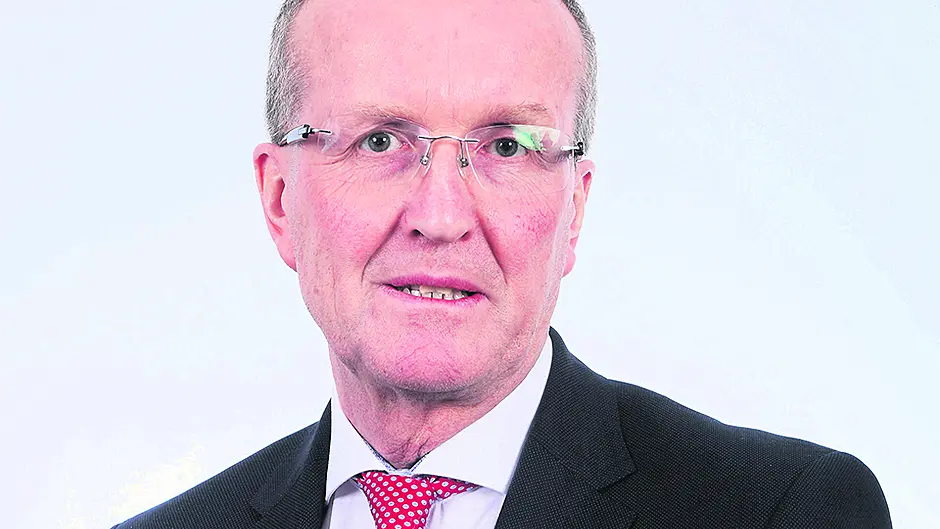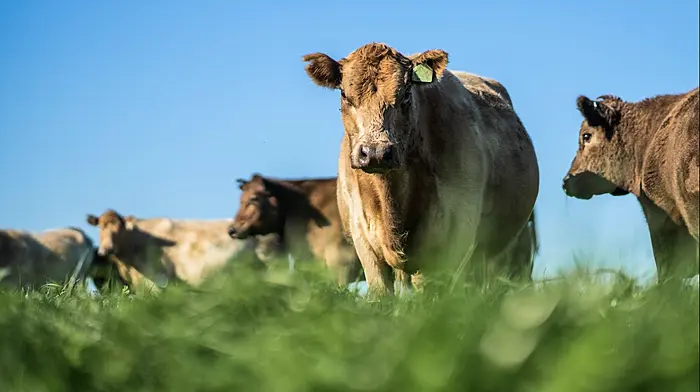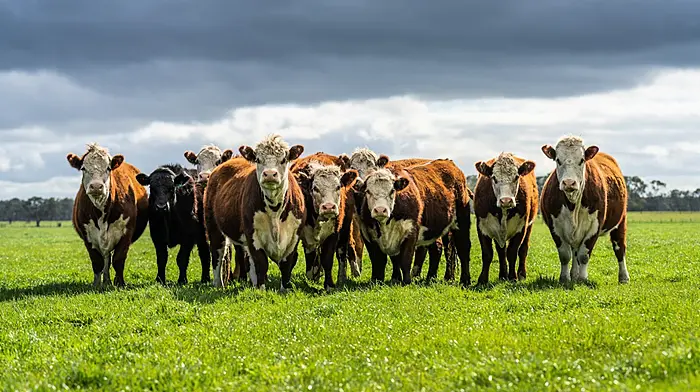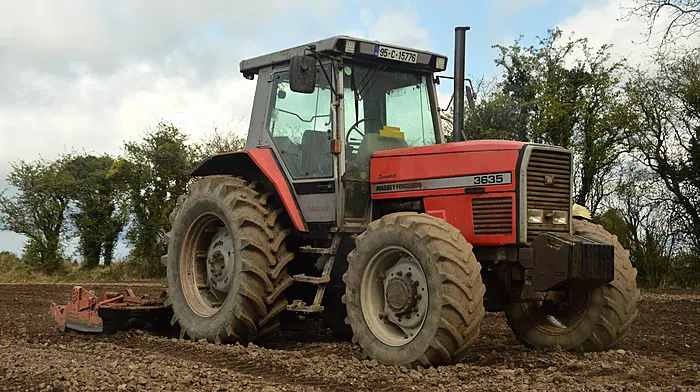IFA president Tim Cullinan has accused factories of driving farmers out of business and said they need to give an immediate beef price increase.
‘The market has clearly improved, yet factories continue to try and hold back the price. IFA has outlined 10 reasons why cattle prices should rise. The factories need to increase prices immediately,’ he said.
IFA national livestock chairman Brendan Golden said that all of the market facts point to a rising market. He said it is very clear the factories can pay more.
‘We have been in contact with some of the main processors this week and we made it very clear to them that they can’t hold back on a price increase any longer.’
The 10 reasons IFA outlines as to why cattle prices should rise are, as follows:
1. Prices in our main export market in the UK have increased by 44c/kg since April 25th, while Irish prices have only risen by 22c/kg.
2. AHBD report that UK steer price is at £3.68/kg, equivalent to €4.29/kg incl vat. and continuing to rise, up another 2.3p/kg for the latest reported week ended June 20th.
This is 48c/kg above the Irish price, which amounts to a price differential of €173 on an average steer.
3. Cattle price across the main EU markets are also recovering with retail sales continuing to show very strong growth and food service coming back as the Covid-19 restrictions are eased.
4. The Bord Bia prime export benchmark price has moved ahead of the Irish price over the last two weeks, showing the improvement in market returns.
5. Factories agents and procurement managers are very active, buying finished cattle in the marts and online, paying prices that are significantly above their quoted prices.
6. Northern Ireland factories are very active in the South, paying prices from 10 to 20c/kg above Irish prices.
7. The R3 steer price in Northern Ireland was £3.61/kg, which is equivalent to €4.20/kg.
8. The Northern Ireland LMC report that 785 cattle were exported live from the Republic to Northern Ireland for slaughter in the week to June 20.
9. Department of Agriculture AIMs data on future cattle supplies shows that on May 1st there was a reduction of 83,000 in the number of beef cattle in the 12 to 24-month category and 10,000 in the 24-36 month category compared to 2019, meaning that supplies over the next number of months will remain much tighter than 2019 levels.
10. Retail consumption figures for Ireland continue to show very strong growth on beef sales, up 17.4% for the last 12 weeks to May 17th., compared to 2019 levels.
In the UK, retail data shows beef volume sales up 22.4% and value sales up 23.1%, for the 12-week period to May 17th compared to 2019, with stake sales up 24% and mince up 36%.










